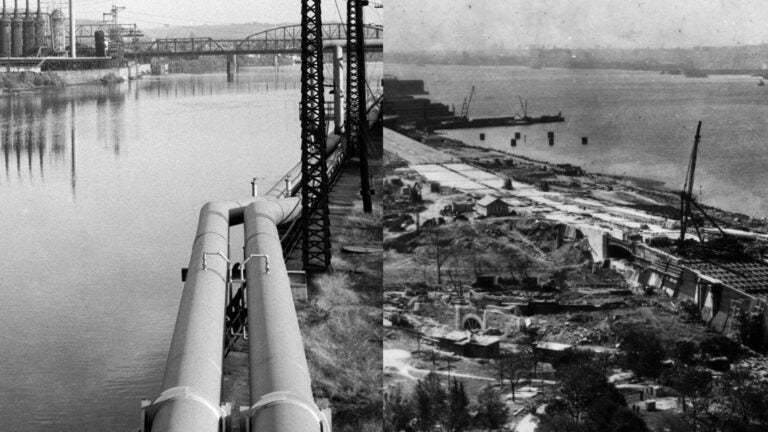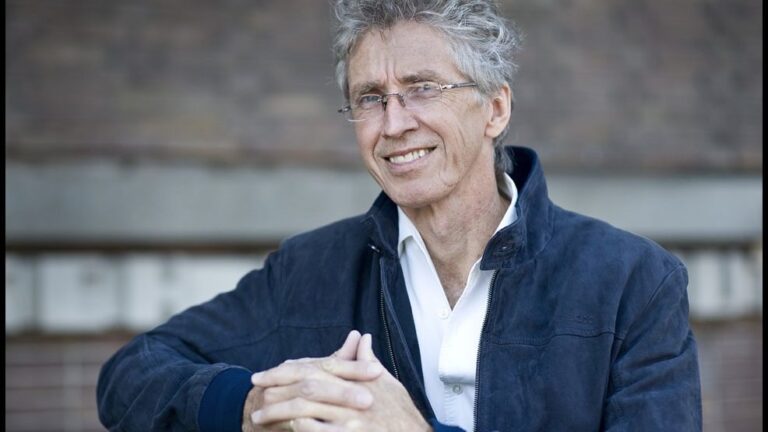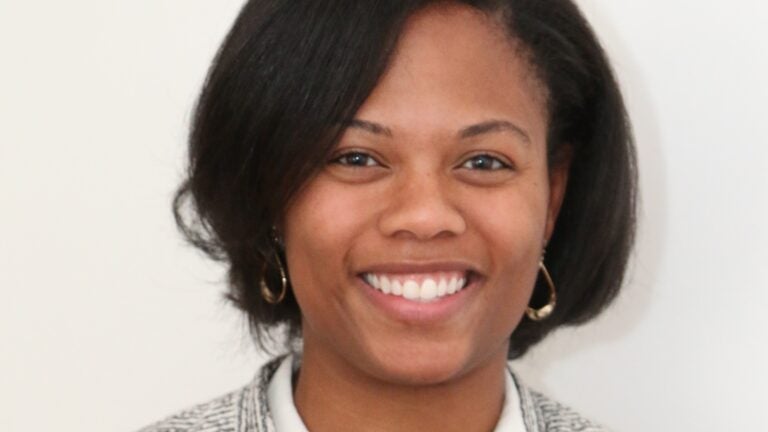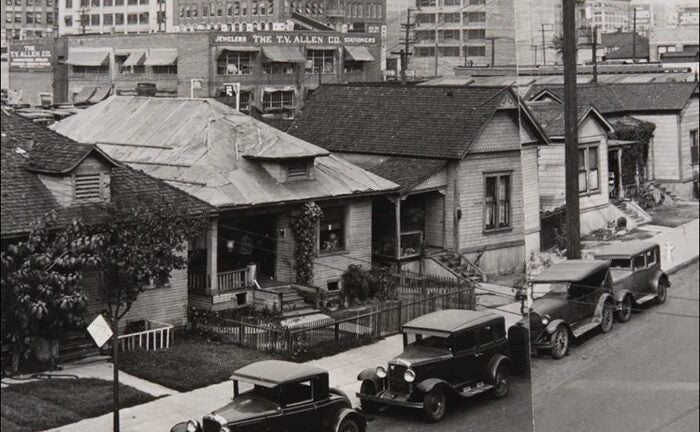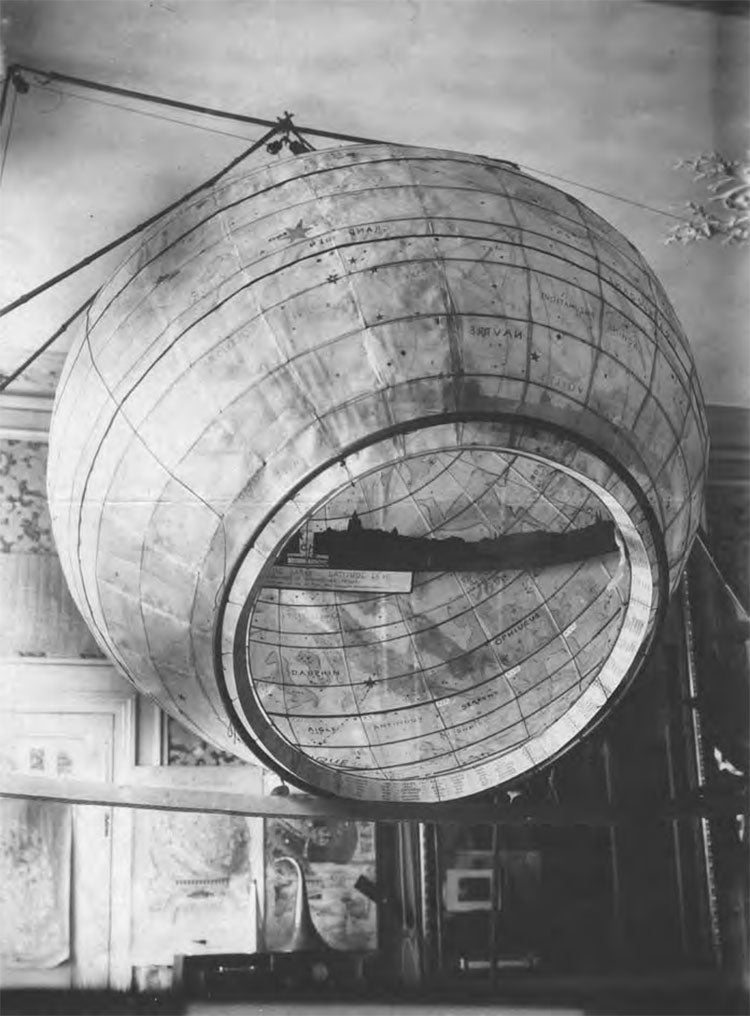
During the 2023–24 academic year, the Center will sponsor a series of lectures, panel discussions, and other public events under the auspices of an Observatory on Urban Futures.
The series has three interlocking themes. First, it is interested in the history, theory, and practice of urban comparison, and in the circuits of reference through which knowledge about cities has passed and taken form. One of its overarching goals is to embed Los Angeles, so often discussed in exceptionalist terms, in a set of comparative and relational analyses that involve other cities entirely and often span national boundaries. Much scholarship and most popular discourse presumes that the place is unique, an “island on the land” and, for better or worse, a deviation from the inherited rules of urban development. The Observatory presumes that to theorize Los Angeles, and “the” city by way of Los Angeles, we must be willing to grapple with its most ordinary, unexceptional qualities.
Second, the series will address the temporality of the urban future, reflecting — often with novel technologies of visualization at its center — on the forms of prediction, projection, prophecy, modeling, simulation, planning, and mapping that have been enrolled to produce urban knowledge in an anticipatory key. What does it mean to imagine an “urban future”? What kind of object is that future? What kinds of knowledge or expertise lay claim to it? How to design and govern cities that do not yet exist? And how are these questions, subtexts to the entire history of city and regional planning, being posed at new spatial and temporal scales, along the horizons of planetary climate crisis? The Observatory will make a critical investigation into the temporal underpinnings of design and planning as forms of foresight. It will also make the case for historical inquiry as a necessary ingredient in any complex inferences made today about the “cities of tomorrow.”
Third, the series will experiment with the observatory as an organizational and epistemological form, both indebted to and immanently critical of that term’s valences within the history of urban research and the natural sciences. Through richly interdisciplinary conversations, it will debate the possibilities and limitations that attend any collective attempt to think processes unfolding at planetary scale by way of a single site.
For more information on any aspect of the project, check this page as it evolves or contact Peter Ekman at pekman@usc.edu
Spring 2024 Events
Jane Mah Hutton, Associate Professor, University of Waterloo School of Architecture
Gin D. Wong, FAIA Conference Center
Harris Hall 101
12:00pm PST
“Material Diasporas”
Along the north shore of Lake Ontario is an urban megaregion of concrete, steel, and wood, built on but also out of the deciduous mixed-wood plains and limestone-bedrock lowland territories of Anishinaabe, Neutral, Wendat, and Haudenosaunee peoples. This densely inhabited ecosystem was transformed over three centuries as British and Canadian colonization took, fragmented, and commoditized it as materials to be distributed both locally and afar. Some of this ecosystem became the construction materials that enabled subsequent phases of urban development in the region; some was exported to the U.S. and Europe, persisting in faraway places. This lecture contributes to a narrative history of material flows, examining Southern Ontario’s ecological fragmentation and a set of distributed commodities, and asking, where did this ecosystem go? It explores episodes in the commodification and dispersal of living beings and matter: 1) from beaver-managed waterways, pelts financed the empire; 2) from mixed-pine forests, timbers supplied the British Navy; 3) from shale beds came brick that built the city; 4) gravel deposits composed the highway system that now connects urban regions; and 5) demolition material from all of these projects became landfill and foundation for even more structure. The aim of this project is to account for, give presence to, and understand the ongoing material cultures of an ecosystem that was transformed and reorganized, not erased.
This event is co-sponsored by the USC Center on Science, Technology, and Public Life and the USC School of Architecture. This event is part of the Architecture Engaged lecture series at the USC School of Architecture.
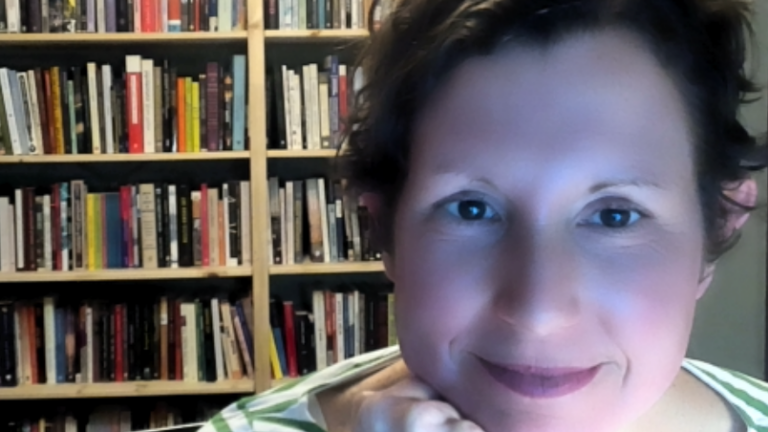
Shannon Mattern, Presidential Compact Professor of Media Studies and the History of Art, University of Pennsylvania
Taper Hall (THH) 309K
2:00-4:00pm
“From Sentinels to Sneakernets: Local Media for Urban Observation and Transformation”
Beacon, Sentinel, Herald, Observer: many municipal newspapers of the late nineteenth and early twentieth centuries adopted appellations promising both scrutiny of and foresight on civic affairs. Yet as big tech and hedge funds extinguish these local lodestars and replace them (if they offer any proxies at all!) with astroturf journalism and extractive “intelligence” platforms, cities and towns lose vital sources of local news and embedded wisdom. Building on themes central to USC’s Observatory on Urban Futures and my own decades of research and teaching on public knowledge, this talk addresses how the study of local media ecosystems, including Los Angeles’s, allows for comparative urban study, the imagining of alternative urban futures, and an interrogation of the “observatory” itself as an epistemological tool. We’ll also think beyond the empirical illumination afforded by these historical sentinels and heralds, as well as the networked urban dashboards proliferating today. What might be gained if we conceive of “local media” more generously — to include public digital infrastructures, community broadcasts, permacomputing, ambient data, and more — and imagine how they might be redesigned to better serve our communities, our broader society, and our planet?
This event is co-sponsored by the Center on Science, Technology, and Public Life and the Ethnography Studio.
Fall 2023 Events
Jan Nijman, Director, Urban Studies Institute; Distinguished University Professor, Geosciences, Georgia State University
Doheny Memorial Library (DML) 240
2:00-4:00pm
“Spectral Urbanism”
This lecture, the first in a year-long series organized by STPL under the auspices of an Observatory on Urban Futures, develops the concept of spectral urbanism, a comparative formulation antithetical to urban theorists who would assume a single, uniform meaning for “the urban” as an object of knowledge and target of intervention. The theory of spectral urbanism explores the interdependence of multiple, variegated, yet intersecting processes and forms within a given urban system. Spectral urbanism is particularly salient in postcolonial societies, in which the contested dynamics of globalization seem to have unleashed a spectrum of novel forces and forms of urbanization. The lecture will reflect on the epistemology of urban comparison, and its arguments will center on a detailed analysis of both historical and contemporary trends in India, its evidentiary scope ranging from the densest megacities to transitional landscapes poised between rural and urban.
Kelema Lee Moses, Assistant Professor, Urban Studies and Planning, University of California, San Diego
Taper Hall (THH) 309K
2:00-4:00pm
“Envisioning Affordable Housing and Climate Architectures Across the Pacific”
Discussant:
Ginger Nolan, Assistant Professor of Architecture, USC
Second only to California, Hawai‘i has the most expensive housing market in the United States. Real-estate developers in both states point to aging infrastructure, the scarcity of available land, and complicated zoning and permitting restrictions as contributors to a full-scale housing crisis. That crisis is marked by high costs, low inventory, homelessness, and adverse environmental impacts ranging from sea-level rise and coastal erosion to increased susceptibility to wildfire. Since the 1980s, in continued attempts to mitigate the crisis, the Hawai‘i state government has codified a set of housing technologies among Kānaka Maoli (Native Hawaiians) and locals, developing model villages of tiny homes and ‘ohana dwellings (a typology specific to Hawai‘i). This lecture explores how community stakeholders work in, around, and through the islands’ housing histories to envision an urban future that accounts for Hawai‘i’s racial and ethnic diversity, aging population, and multigenerational families. Engaging novel spatial and temporal epistemologies, architects, community organizations, and Kānaka artists offer possibilities for abundant urban futures that promise to transform the practice of architecture and planning in Hawai‘i pae ‘āina and beyond.
Panel on the New Translation of Anton Wagner’s Los Angeles (1935)
Doheny Memorial Library (DML) 240
2:00-4:00pm
Panelists:
Edward Dimendberg, Editor of Anton Wagner’s Los Angeles, Professor, School of the Humanities, University of California, Irvine
Vanessa Schwartz, Professor of Art History and History, Director of the Visual Studies Research Institute, University of Southern California
Alex Ross, Music critic and writer, The New Yorker
Meredith Drake Reitan, Associate Dean, Graduate School; Adjunct Associate Professor, Price School of Public Policy and the School of Architecture, University of Southern California
In 1935, the German geographer Anton Wagner published Los Angeles: The Development, Life, and Structure of the City of Two Million in Southern California. This extensively illustrated book was among the first systematic explorations of L.A.’s rapid growth into a dominant urban region, bolstered by agriculture, real estate, adept marketing campaigns, tourism, the oil and automobile industries, and film production. Although widely reviewed upon its initial publication, Wagner’s study was largely forgotten until reintroduced by architectural historian Reyner Banham in his 1971 classic Los Angeles: The Architecture of Four Ecologies. The work remained untranslated for another fifty years. In 2022, the first English translation of Wagner’s book was published by the Getty Research Institute. This panel discussion will consider its contemporary legacy, its place in the intellectual histories of geography and urban social science, its complex accounting of race and ethnicity, its use of mapping and photography (and arguments about the role of images in city-making), and its pioneering analyses of urban form as glimpsed from the window of a moving automobile.
This event is co-sponsored by the USC Center on Science, Technology, and Public Life and the Visual Studies Research Institute.
